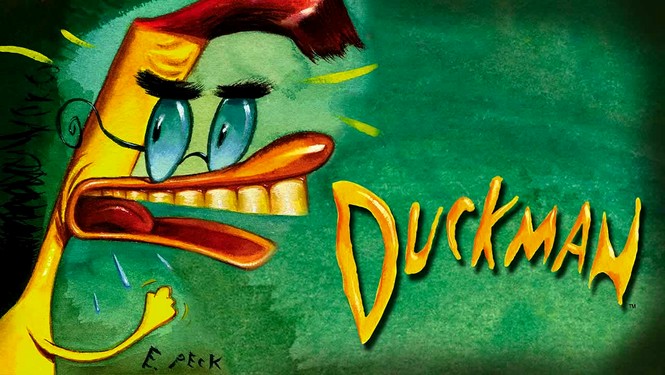The 1960s marked a pivotal era in American history, and the technological landscape was not exempt from radical changes.
Amidst the Civil Rights Movement, space exploration, and countercultural revolution, typewriters played an integral role in shaping communication, journalism, and literature. 1960s typewriters in America, exploring their impact on society, their evolution, notable models, and enduring legacy.
The Age of Mechanical Typewriters
The Rise of Mechanical Typewriters
The development of the mechanical typewriter can be traced back to the early 19th century, with the first commercially successful typewriter, the Sholes and Glidden typewriter, also known as the Remington No. 1, introduced in 1873.
However, it wasn't until the 1960s that these machines became widespread and synonymous with the act of writing in America.
Precise Engineering and Design
Mechanical typewriters were marvels of precise engineering and design. Comprised of intricate mechanical components, these typewriters featured a series of levers and linkages that connected the keys to typebars, which, upon pressing, struck the inked ribbon against the paper to leave an imprint of the chosen letter.
The keys were arranged in the QWERTY layout, which was designed to prevent jamming and increase typing speed.
Tangible Writing Experience
One of the most significant advantages of mechanical typewriters was the tangible writing experience they provided.
Writers could feel the resistance of the keys and hear the satisfying clack of typebars striking the platen, offering a sense of physicality and connection to the written word that modern computer keyboards often lack. This tactile feedback became a defining characteristic of the typewriter writing experience.
Versatility and Adaptability
Mechanical typewriters were versatile tools that accommodated various paper sizes and types. From standard letter-sized documents to legal-sized papers and envelopes, these machines could handle different formats, making them essential for businesses, offices, and personal use.
Office Efficiency and the Business World
Typewriters were an essential tool in American offices during the 1960s. This section examines the role of typewriters in streamlining administrative tasks, improving document creation, and transforming the workplace into a more efficient environment.
We explore how businesses and organizations relied on these machines to produce a myriad of documents, from memos and reports to contracts and invoices.
Journalism and the Typewriter
The typewriter was an indispensable tool for journalists during the 1960s. We examine how reporters and writers utilized typewriters to meet tight deadlines, craft engaging articles, and deliver breaking news to the American public.
We also discuss the profound impact typewriters had on the field of journalism, contributing to the dissemination of information and shaping public discourse.
The Evolution of Portable Typewriters
As American society became more mobile and on-the-go, portable typewriters gained popularity during the 1960s. We explore the evolution of portable typewriter models, their compact design, and their significance in facilitating writing while traveling or away from traditional office settings.
Literary Giants and the Typewriter
The 1960s saw many literary luminaries embrace typewriters as their primary writing tool. We delve into the writing habits of iconic authors like Jack Kerouac, Truman Capote, and Hunter S. Thompson, discussing how typewriters influenced their creative process and contributed to the creation of literary masterpieces.
Technological Advancements and Electric Typewriters
Towards the end of the 1960s, electric typewriters began to gain traction, offering a more modern and efficient writing experience. We explore the technological advancements that led to the rise of electric typewriters, including their automated features, improved speed, and ease of use.
Typewriters in Education
Typewriters played a significant role in American education during the 1960s. This section examines how schools and universities integrated typewriters into their curriculums, teaching students valuable typing skills that would prove instrumental in their future careers.
Typewriter Culture and Collecting
The 1960s typewriter culture had a dedicated following of enthusiasts and collectors. We explore the growing interest in vintage typewriters, the rise of typewriter clubs, and the enduring appeal of these machines among modern collectors.
The Advent of Word Processors
As the 1960s drew to a close, the seeds of a technological revolution were sown with the advent of word processors. We discuss how these early electronic devices paved the way for the eventual shift from typewriters to computers in the following decades.
The Legacy of 1960s Typewriters
In the conclusion, we reflect on the enduring legacy of typewriters from the 1960s, how they contributed to shaping American communication, writing, and office culture, and their continued relevance in contemporary society.
